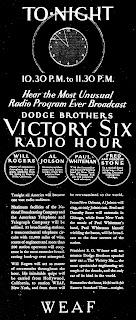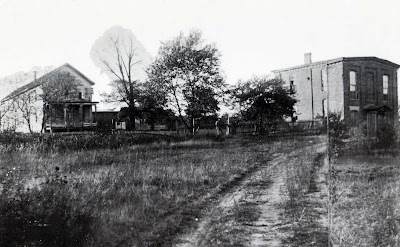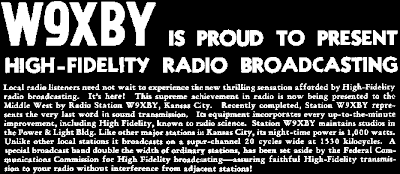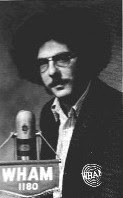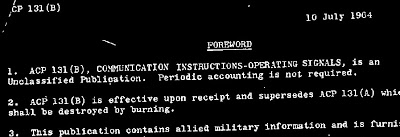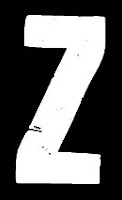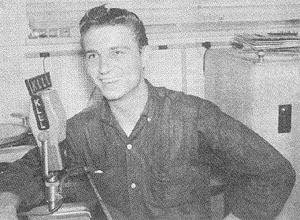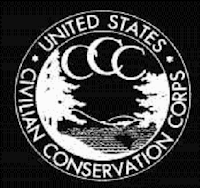 Treasure Island was made for the The Golden Gate Exhibition. It was held at the same time as the World's Fair was going on in New York, kind of a "me-too" event for the west coast. But at the same time as the exhibition was the first major DX convention, the Golden Gate DX festival. It was sponsored by the IDA (International DXers Alliance.) It was they who made special broadcasts over shortwave station 15290 kHz W6XBE. They also had lectures, displays and most importantly BBQ. I wrote about them in relation to AFRN previously. More here. the Bay Area radio museum has a great page here.
Treasure Island was made for the The Golden Gate Exhibition. It was held at the same time as the World's Fair was going on in New York, kind of a "me-too" event for the west coast. But at the same time as the exhibition was the first major DX convention, the Golden Gate DX festival. It was sponsored by the IDA (International DXers Alliance.) It was they who made special broadcasts over shortwave station 15290 kHz W6XBE. They also had lectures, displays and most importantly BBQ. I wrote about them in relation to AFRN previously. More here. the Bay Area radio museum has a great page here.What makes this interesting is that in 1938 the FCC terminated the experimental status of international shortwave. A dozen experimental calls got 4 letter calls overnight including the experimental call sign W6XBE which became KGEI during the Fair. It's power was increased to 50 kW. The transmitter shack on Treasure Island was called the "Palace of Electricity." It's actual longwire antenna was strung across two poles located at the harbor entrance. After the Fair GE moved the transmitter to Redwood City, CA. More here.
In 1942, because of the WWII the Navy annexed the island. KGEI was operated by the Office of War Information. Treasure Island was a naval base and housed a radio training school. KGEI became the west coast station for the VOA. In 1953 they began broadcasting in Spanish and Portuguese as "the University of the Air." FEBC (Far East Broadcasting Company) bought KGEI in 1959. It closed in 1995. the navy closed the base in 1997. Strangely the story goes that FEBC donated its transmitter to a radio ministry in in Liberia where it was destroyed by rebels in their civil war.
Pictures here. Today Treasure Island has a population of 1,453 according to the 200 census.

